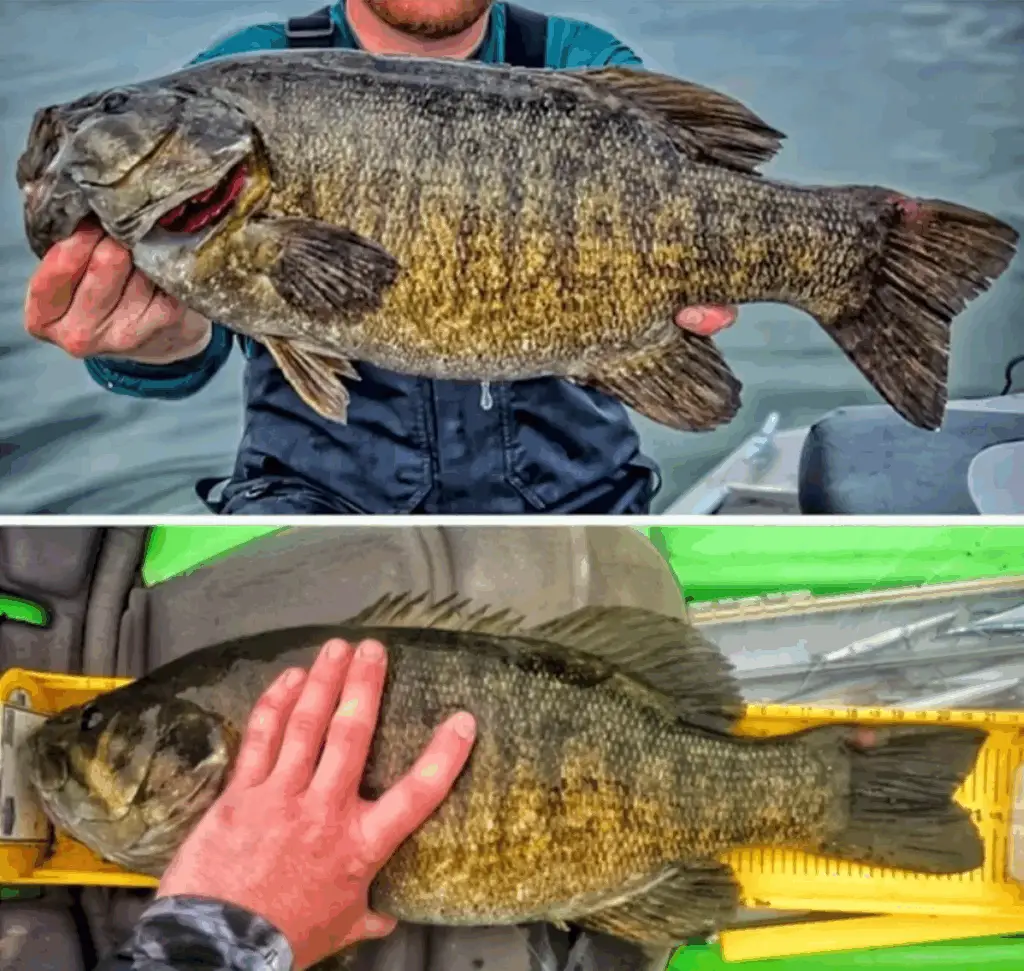-
Angler Exposed After Using Cut-Out Kayak to Fake Tournament Entries
A Pennsylvania fisherman has been permanently banned from multiple kayak-fishing circuits after officials uncovered a staged setup that allowed him to submit catches from a bass boat while appearing to fish from a kayak.
The case surfaced during a month-long online event hosted by the New York Kayak Bass Fishing Club (NYKBF), a series that requires competitors to catch and photograph their fish exclusively from kayaks. Tournament director John Tammaro said concerns were first raised when a submitted fish photo appeared identical to an image the angler later posted publicly on social media, except, in the second version, the fish was clearly shown on a small aluminum boat instead of a kayak.

A review by officials revealed that the angler, identified as Jacob Housman, had been fishing from a motorized aluminum boat. Mounted on the rear deck of that boat was a section of a kayak hull, positioned to mimic the gunwale of a real kayak for the photographs. Images of the setup were later confirmed by multiple tournament administrators.
Outdoor Life and Kayak Angler Magazine both reported that additional photos surfaced showing the same fish being used for different events. That discovery prompted a deeper review by NYKBF staff, TourneyX (the online scoring platform), and members of PA Kayak Bass Nation.
When contacted by tournament officials, Housman admitted to falsifying his entries and returned roughly two hundred dollars in winnings earned from the event. Following the admission, NYKBF, PA Kayak Bass Nation, and TourneyX issued lifetime bans, removing him from eligibility in kayak or online-submission tournaments run by those organizations.
The incident has renewed debate within the fast-growing kayak-fishing community about the challenges of policing online tournaments. Unlike in-person events, digital competitions rely heavily on photographic verification, making them vulnerable to manipulation if anglers intentionally stage catches.
Tournament directors say the vast majority of participants compete with integrity, but the case highlights the need for continual updates to verification protocols, including metadata checks, stricter ID placement rules, and random on-water audits.
The bans mark one of the most decisive penalties issued for tournament fraud in the kayak-fishing world, a community that has expanded rapidly alongside the broader growth of competitive bass fishing.